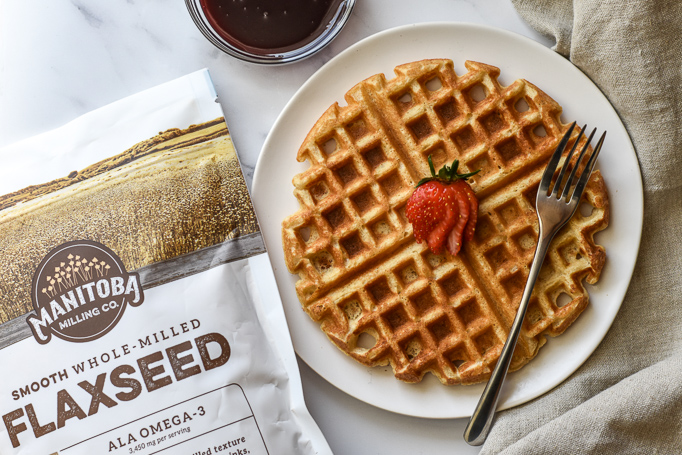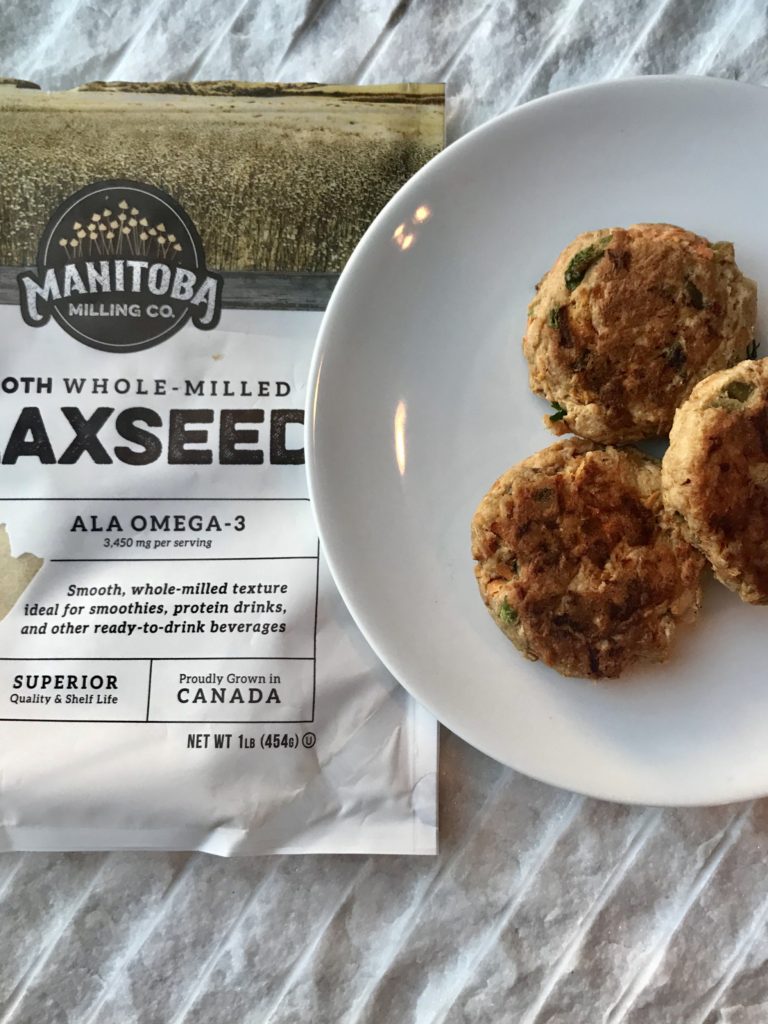Are You Caring for Your Heart? — Your Guide to Living Heart Healthy
February is Heart Health Month and what better way to celebrate than caring for your heart??

It’s no surprise that heart health is important, but where do you start? We’re reviewing exactly who needs to prioritize caring for their heart and a few patterns you can introduce to your daily life to make sure your heart is getting the love it deserves.
Taking steps to improve your heart health can not only lead to a better quality of life in the short term, but you can help lower your risk for heart disease and heart attacks.
Table of Contents
ToggleLearn
An important part of caring for your heart is proactively learning about your unique risks. You can talk to your doctor about your genetic history and potential risk factors associated with your current lifestyle. Having a clearer picture of your risks will help you navigate behavior changes that can benefit your health in the long run.
Who Needs to Care for Their Heart?
In general, people are at a higher risk of heart disease if they have high blood pressure, high blood cholesterol, pre-diabetes or diabetes, are overweight or obese, smoke, or do not get regular physical activity (1).
Women who are age 55 or older or men who are age 45 or older are naturally at a higher risk and should pay special attention to caring for their hearts.

You may also be at a higher risk if you have a family history of early heart disease. However, genetic history can’t always predict risk, so it’s important for everyone to stay proactive and take steps to care for their hearts.
If you and your doctor determine you are at a higher risk of developing heart disease, consider partnering with a registered dietitian to find help facilitate lifestyle changes.
Finally, individuals who follow unhealthy eating behaviors place themselves at a higher risk for heart disease — but the good news is that this is an area where people can take back control of their health and make choices that benefit their hearts.
Eat
If you’re ready to lower your risk of heart disease, it’s as easy as continuing to eat delicious foods while making mindful food choices.
There’s an entire approach to eating to care for your heart known as the Dietary Approach to Stop Hypertension (DASH) Eating Plan, but it’s not a ‘diet’ in the sense you may commonly see it used — it’s simply an approach to eating to lower risk of heart disease. You can read more about the plan here, but it primarily focuses on how to choose produce, grains, fats, and salt.
**There is no ‘perfect’ way of eating. The following information is only for reference and each person has a different set of needs. If you have questions about your specific eating patterns, talk to your doctor and a Registered Dietitian.
Add Vegetables, Fruits, and Whole Grains
Caring for your heart looks like making sure your body has plenty of vegetables, fruits, and whole grains to keep it going. Everyone’s daily needs look different, but as an example, someone eating about 2,000 calories each day on the DASH plan would aim for about 4 servings of vegetables, 4 servings of fruit, and 6 servings of grains each day (2).
You can get even more heart-health benefits by choosing whole grains whenever possible. Whole grains, vegetables, whole fruits, and seeds (including flaxseed) are packed with fiber which can help lower cholesterol, blood pressure, and risk of heart disease (3). Flaxseed even offers an extra boost of Omega-3 fatty acids to help lower cholesterol and reduce risk of heart disease and stroke (4).
Did you know flaxseed is heart-healthy? Find out why here.
Watch Your Fat Sources
Fats are a normal part of most eating patterns, but it’s important to watch how much you are taking in and to mindfully choose which types you are using.
To support heart health, it’s recommended that you limit foods high in saturated fat (usually solid at room temperature), like fatty meat, palm oil, coconut oil, and full-fat dairy products (2). Instead, choose foods with unsaturated fats including fish, vegetable oils, nuts, and avocados.
For heart health, aim to limit your servings of fat to about 2-3 servings each day. For reference, a ‘serving’ is 2 Tablespoons of salad dressing, 1 Tablespoon of mayonnaise, 1 teaspoon of vegetable oil, or 1 teaspoon of soft margarine (2).
You can still eat meat and dairy while promoting heart health, but stick to more lean cuts of meat, poultry, fish, and low or fat-free dairy products.
Recipe to try: Salmon Patties
Lower Your Sodium Intake
An important indicator in heart health is blood pressure — which is correlated with your body’s sodium levels. By paying attention to how much salt you are consuming, you may lower your risk of high blood pressure and prevent unnecessary strain on your heart.
Salt is found mainly in processed food products, but even foods that don’t taste ‘salty’ are loaded with extra sodium. Pay attention to packaged snacks, sauces, spreads, breads, and canned items and consider opting for alternatives with less added sodium. Buying items — from meat to beans — unsalted and using salt-free seasonings when you prepare them can be a great way to take control of how much salt goes into your meals.
For more recipe ideas, check out our recipe page!
Move
Getting your body moving can not only make you feel stronger, but can help lower cholesterol and manage high blood pressure to promote heart health! As a bonus, exercise can relieve stress which will also protect your heart long term.

When choosing a way to be active, think about which types of movement you enjoy! A general recommendation is to aim for about 150 minutes of moderate-intensity aerobic activity per week, but listen to your body and talk to your doctor before starting a new exercise routine.
If you’re looking for a small way to get started, take breaks from sitting throughout the day, even if that looks like standing for a few minutes or taking a lap around the house — this movement will add up over time!
Need a post-workout snack? Try out these smoothie recipes!
You don’t have to follow a strict diet or a high-intensity exercise program to prioritize the health of your heart. By learning about your personal risk factors, mindfully choosing the foods you eat, and finding a form of movement that you enjoy, you can already be well on your way to protecting your heart for the years to come!
For more ideas of how to eat your way to a better heart, check out this post!
Sources
- https://www.nhlbi.nih.gov/health-topics/heart-healthy-living
- https://www.nhlbi.nih.gov/health-topics/dash-eating-plan
- https://www.heart.org/en/healthy-living/healthy-eating/eat-smart/nutrition-basics/whole-grains-refined-grains-and-dietary-fiber
- https://www.heart.org/en/healthy-living/healthy-eating/eat-smart/fats/fish-and-omega-3-fatty-acids
- https://www.myplate.gov/eat-healthy/grains
- https://www.myplate.gov/eat-healthy/fruits#:~:text=What%20counts%20as%20a%20cup,towards%20your%20daily%20recommended%20intake
- https://www.myplate.gov/eat-healthy/vegetables




